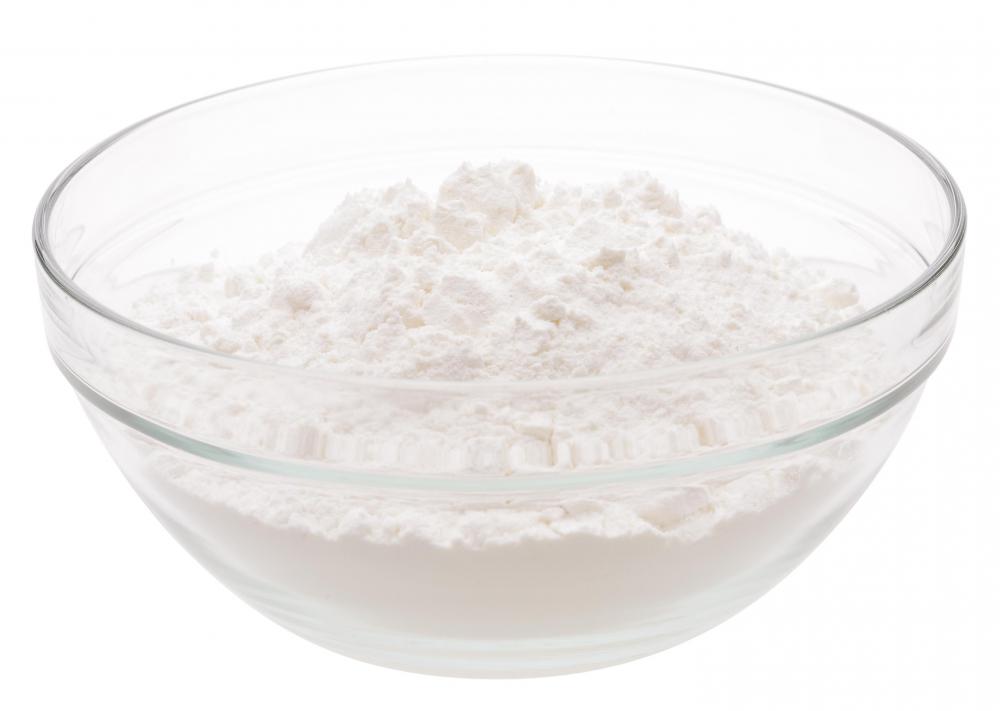At TheHealthBoard, we're committed to delivering accurate, trustworthy information. Our expert-authored content is rigorously fact-checked and sourced from credible authorities. Discover how we uphold the highest standards in providing you with reliable knowledge.
How can I Prevent Foot Blisters?
Foot blisters are a common occurrence for many people. The blisters are usually formed by friction, heat and sweating. There are a number of preventative measures that can be taken to stop these painful foot blisters from occurring.
One of the most important factors is the type of shoes you are wearing. The shoes you wear may be causing the foot blisters to appear. Your shoes must fit correctly to prevent blisters from forming. Shoes that are too tight or too loose can cause foot blisters. There should be a good amount of space between your longest toe and the end of the shoe.

There should be enough room in your shoes for your toes to wriggle about, and you should also ensure that there is no slippage in the heel grip area. Shoes that breathe well, made from materials such as mesh or fabric combined with leather, are excellent in preventing foot blisters. Also remember to check the inside of the shoe for worn areas or seams which may cause friction against the skin while walking.

Socks are also important in protecting your feet from blisters. Try and select socks that are not too tight and not too loose. Avoid tube socks, as these do not fit close enough to the foot. Cotton socks should be avoided, as cotton absorbs moisture and tends to be rougher than other materials. Make sure that the socks do not have bulky stitching on the toes, as this will also cause friction while walking.

Try not to wear socks that are too worn. The holes and thin areas can cause friction and produce foot blisters. Using some form of powder before putting your socks on can help to keep the feet dry. Using talcum powder, cornstarch or foot powder is an excellent way to avoid moisture in the foot area.
There are special lubricants, sprays and creams that specifically prevent the occurrence of foot blisters. If you find that blisters are appearing at specific spots on your feet, applying these treatments prior to walking may help keep the blister from forming. These treatments can usually be found in drug stores and shoe stores. They can be used as a preventative measure to cushion the area where the foot blisters occur.
Long distance walkers often apply tincture of benzoin to the skin every day for a few weeks. This toughens the area and prevents foot blisters from occurring. Softening the skin with a moisturizer is another way to avoid foot blisters.

Another common practice is wrapping or taping the feet with moleskin or athletic tape. It is important that the tape is applied smoothly so no wrinkles appear. You can also use moleskin to cover a foot blister that has already appeared. The moleskin should be cut into a ring with a hole in the middle in which the blister sits; this will cushion the blister but not actually cover it. Hopefully, using one or all of these methods will help you to avoid or treat any foot blisters that occur.
AS FEATURED ON:
AS FEATURED ON:
















Discussion Comments
I always have to feel inside a shoe to make sure there aren't any bumps or rough spots, because if there are, I'll get a blister, sure as shooting. If I end up getting one anyway, I get moleskin and put it over the rough patch in the shoe. That really helps me.
I'm one of those women who actually doesn't care much about shoes. I probably have a third of the numbers of pairs most of my friends do. I have two pairs of sandals I wear most often in the summer and about three pairs of winter shoes, plus a pair of sneakers. I'm just not a shoe nut. I'd rather buy lipstick any day.
I am prone to heel blisters. I have to be very careful about buying sneakers. I tend to stick with one of two brands, since those particular brands seem to "fit" my feet.
I am blessed with wide feet, but narrow heels. That makes for difficult fittings. If I get a shoe wide enough for the top, I have to make sure it doesn't slip on my heels. Not every shoe is that accommodating, so I have to be very careful. Blisters are no fun. So, getting well-fitting shoes is my first line of prevention against blisters.
Post your comments